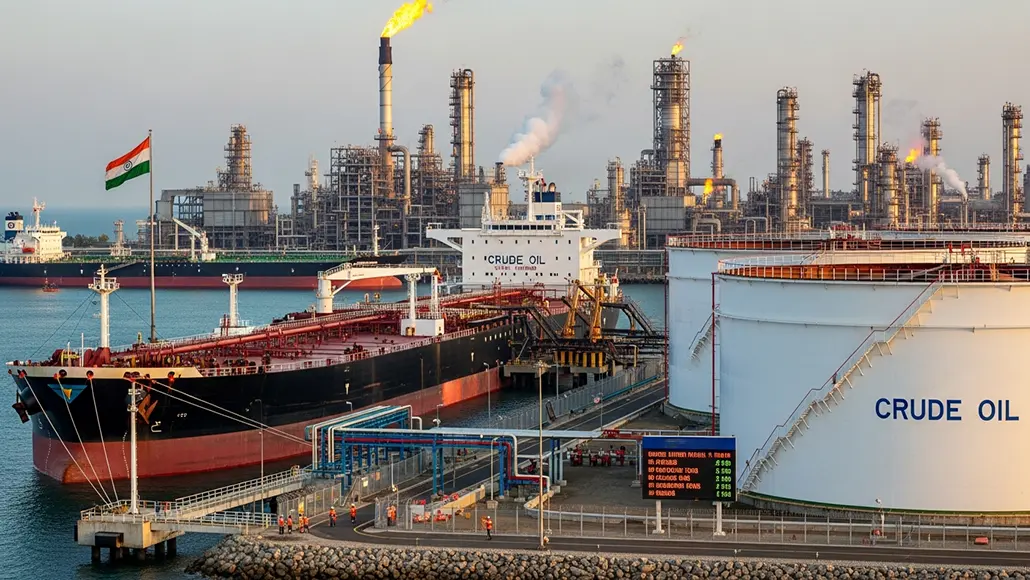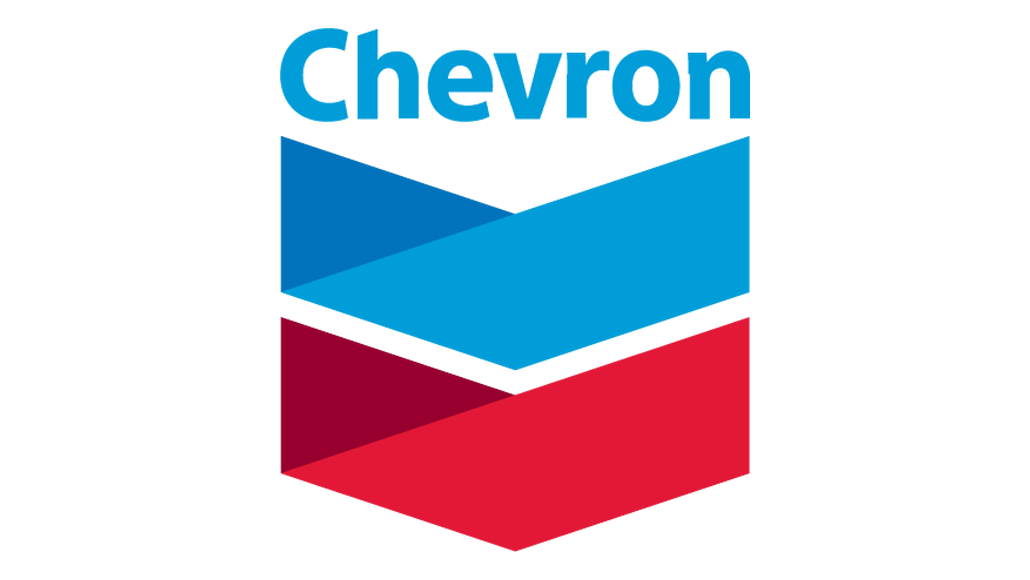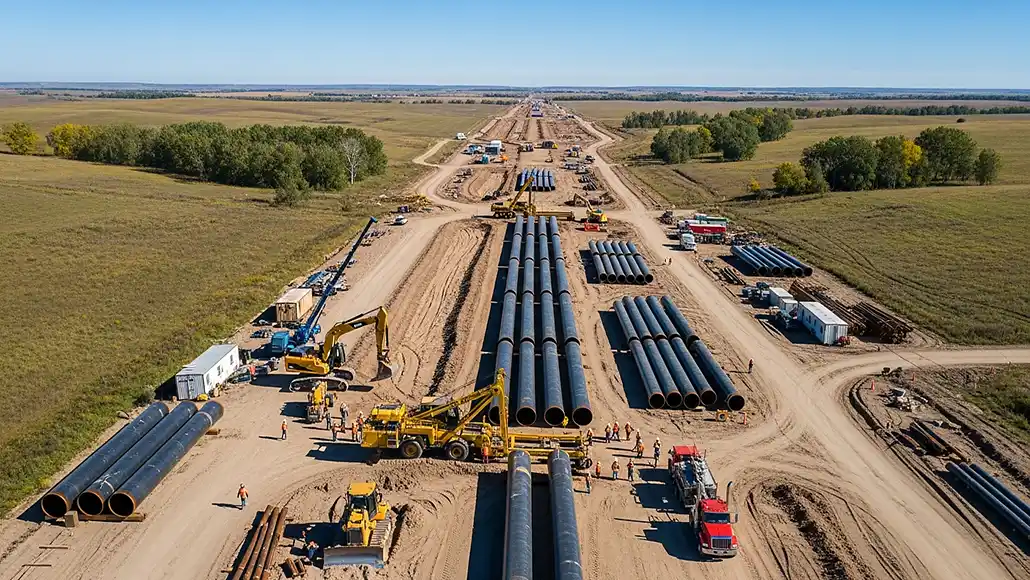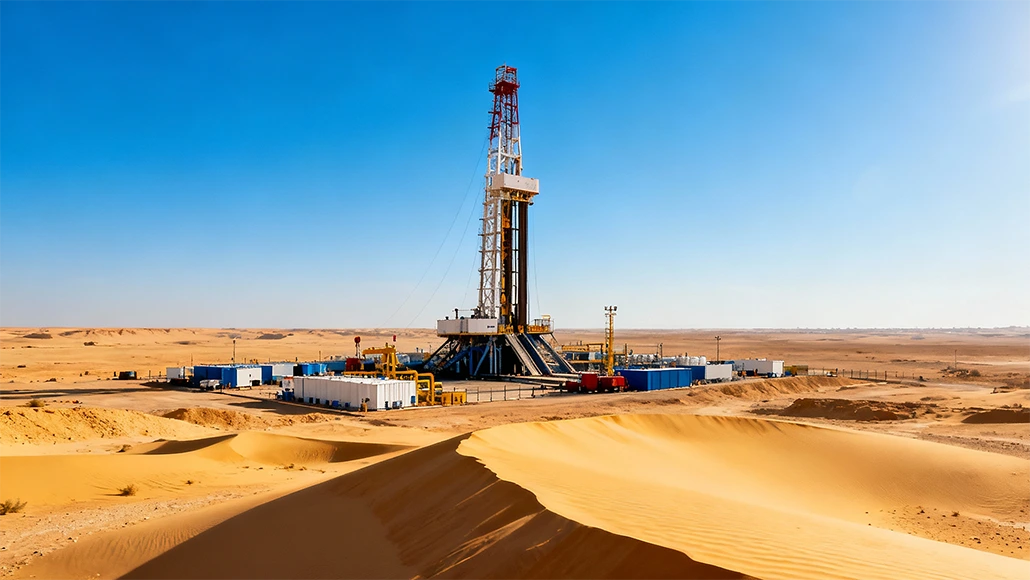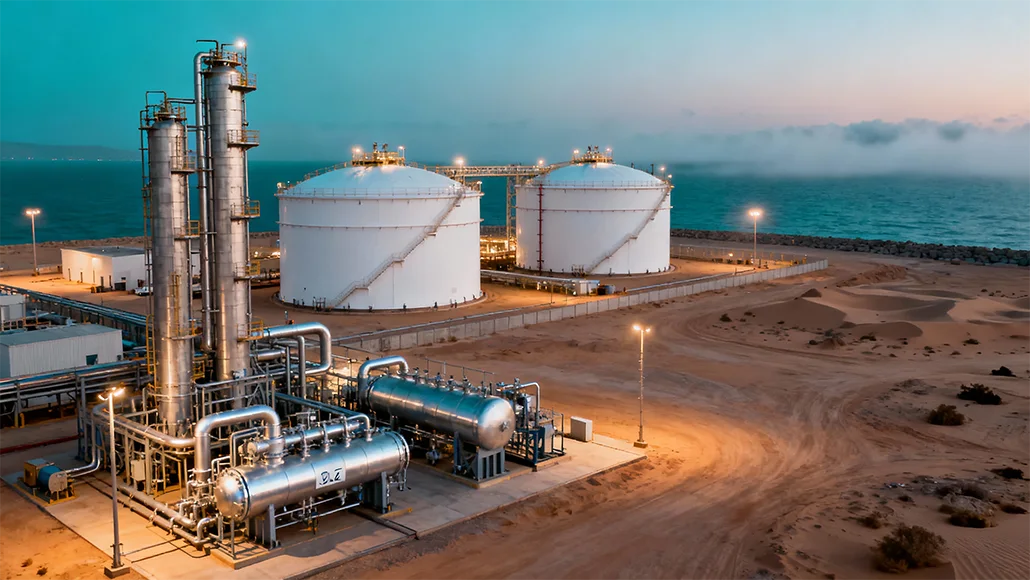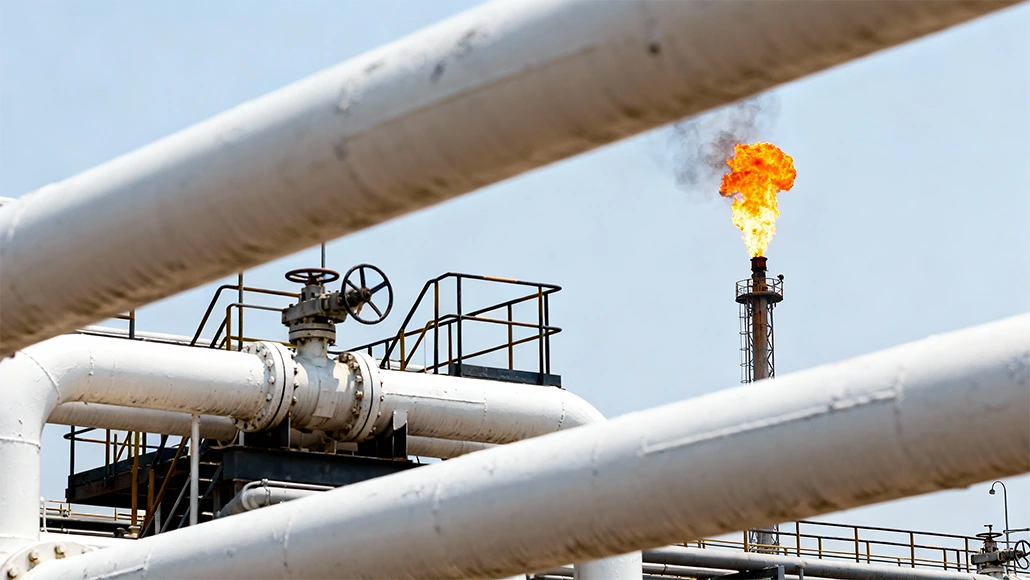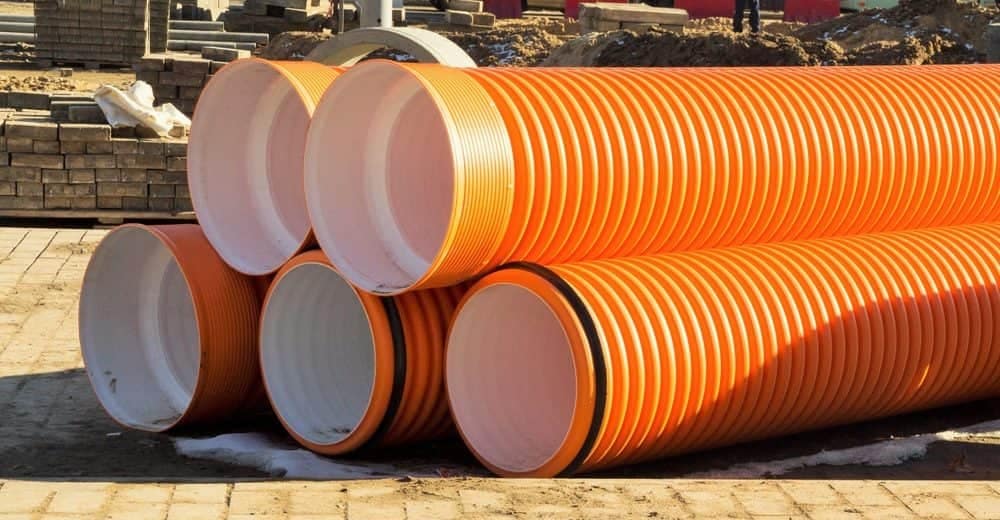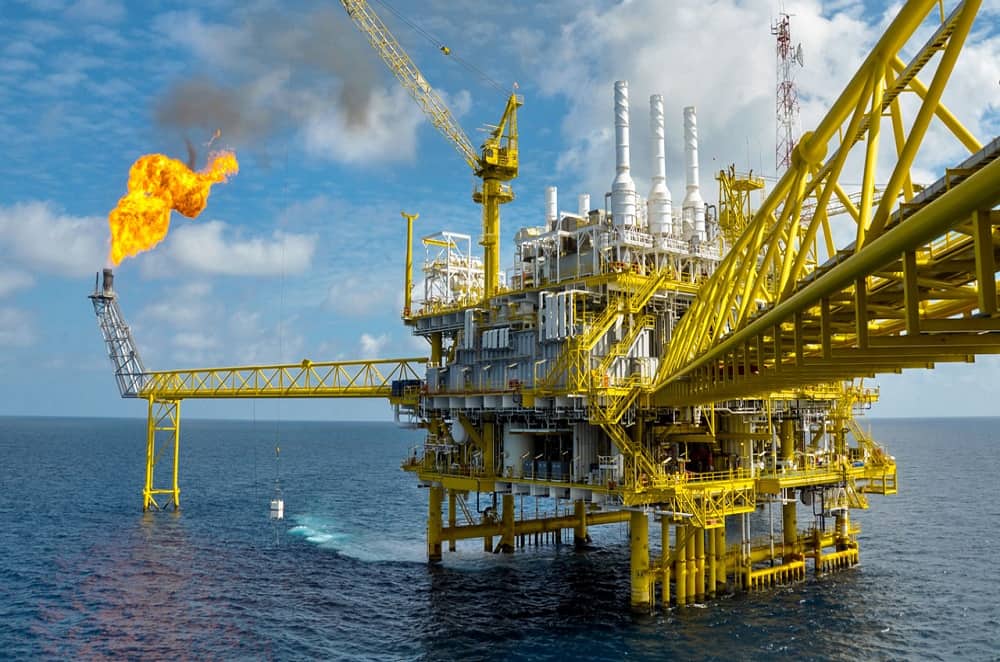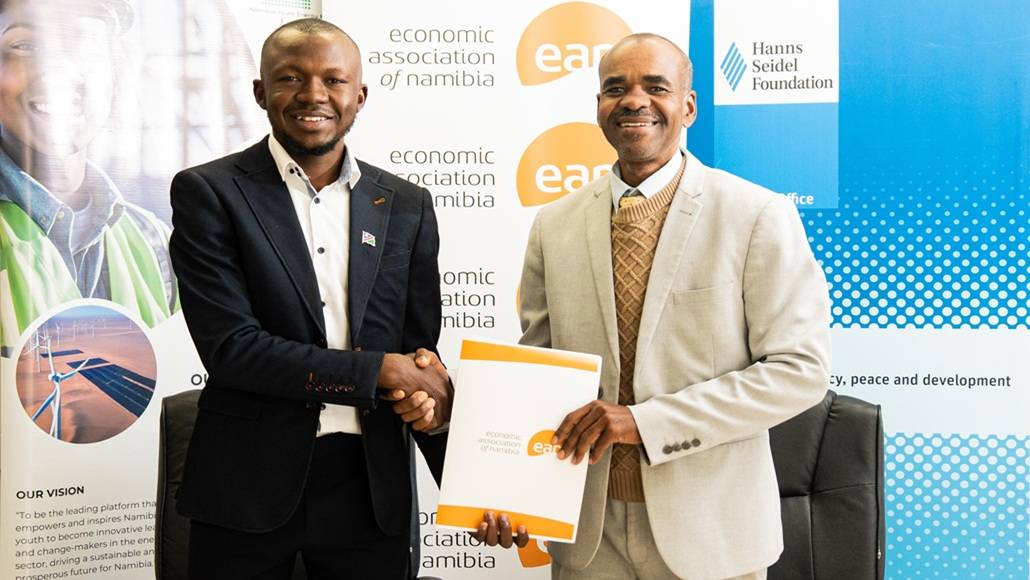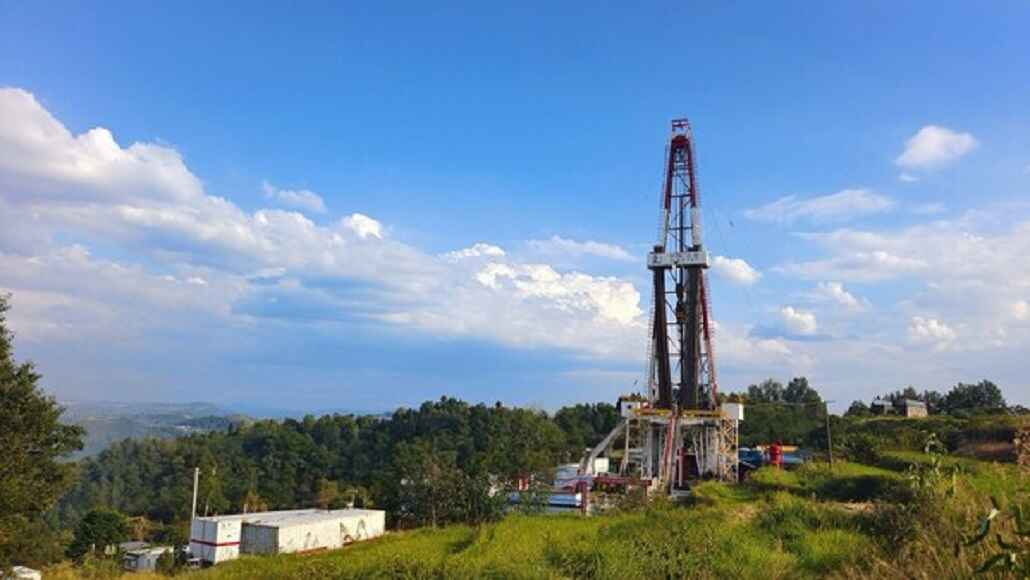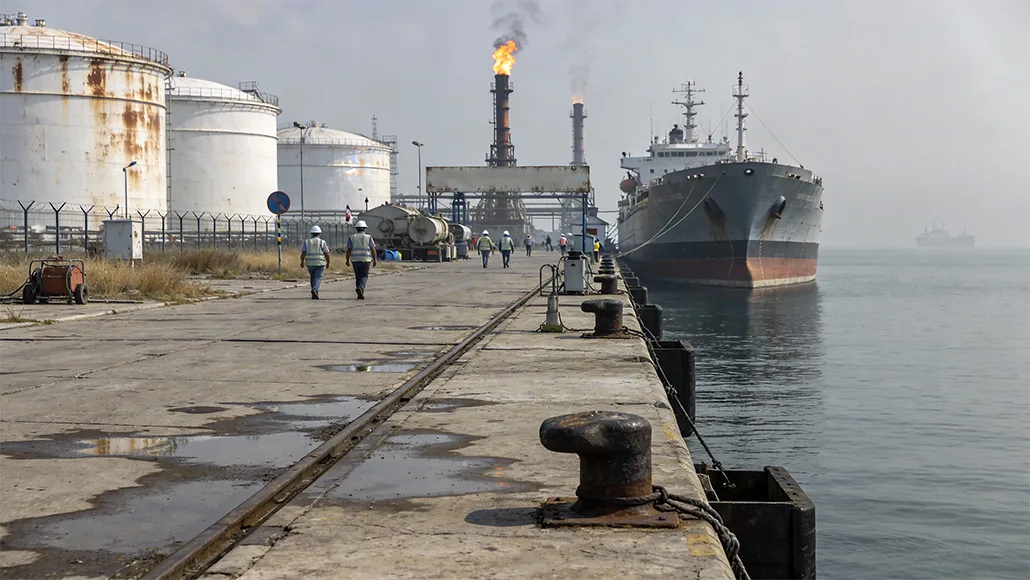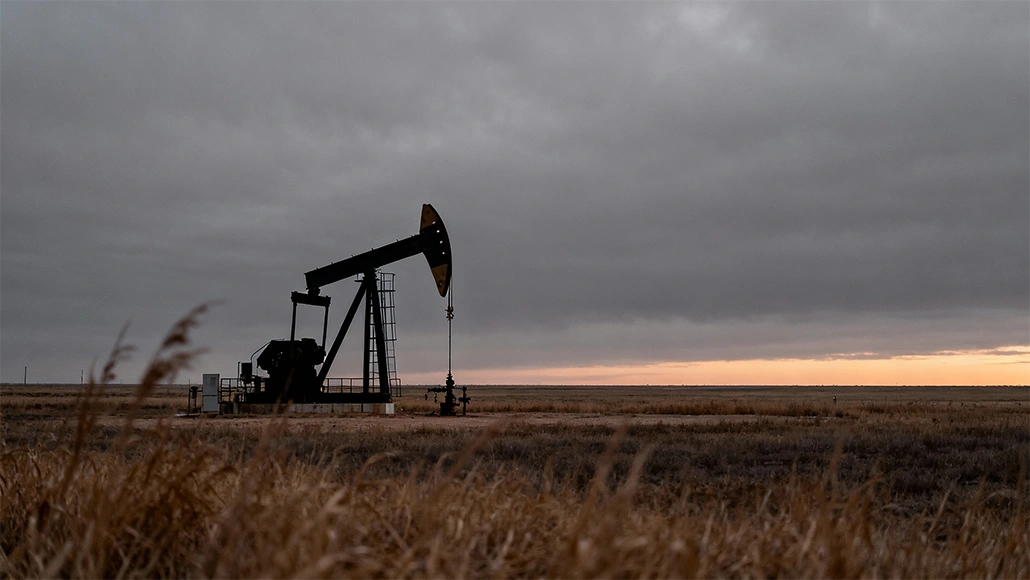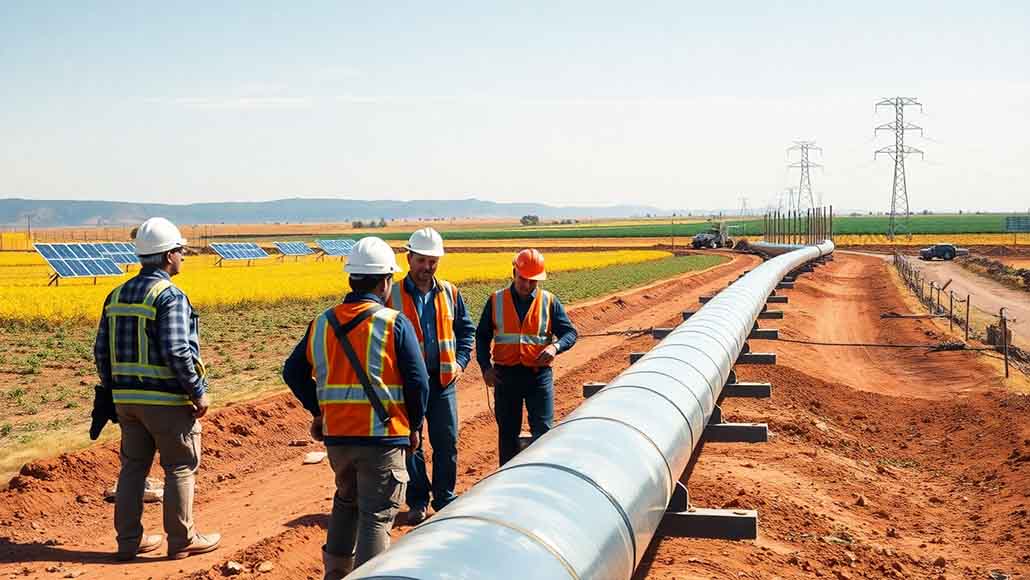Northwestern Tunisia is experiencing a shift in its industrial zones, transitioning from heavy fuel oil to natural gas through newly built pipelines, resulting in cleaner air and economic benefits for the region.
The contrast is striking when you visit facilities like SICAM, an agri-food company specialising in canned tomatoes. Not very long ago, the plant ran on heavy fuel oil.
The surrounding neighbourhoods are filled with thick black smoke machinery clogged up quickly, and starting the boilers was time-consuming. Today, due to natural gas, everything has changed.
This natural gas transition was made possible by the Natural Gas Transport and Distribution Network Development Project in Western Tunisia, implemented by the Societe Tunisienne de l’Electricite et du Gaz (STEG), with €49.39 million ($56 million) in financing from the African Development Bank.
“With gas, we have eliminated pollution, reduced production costs, and increased our efficiency. We save up to 500,000 Tunisian dinars per season,” says Kamel Trabelsi, Deputy Director General of SICAM.
Expanding Access to Cleaner Energy in Tunisia’s Underserved Regions
Aimed at enhancing access to cleaner, cheaper, and more dependable energy within a historically underserved region, the STEG project has already accomplished two significant natural gas activations to date: one in February 2025 in Beja Sud and another in June 2025 in Mjez Elbeb.
These rollouts have connected over 1,250 households to the natural gas network. Eventually, the infrastructure will serve 13,500 subscribers across 19 municipalities in Tunisia’s Northwest, including 2,500 additional connections by the end of this year.
“This project is truly improving people’s lives. It not only heats homes, but also boosts local economic activity,” notes Mohamed Riadh Hellal, Lead Department Head at STEG and the project’s coordinator.
Industrial and Economic Benefits of Natural Gas Transition
Apart from residential connections, numerous companies are reaping the benefits of the natural gas transition has positive impacts on performance, costs of production, and environmental sustainability.
“Thanks to natural gas, our boilers now reach 95 per cent capacity in record time. Efficiency is up, maintenance is easier, and pollution has dropped significantly,” explains Trabelsi.
SICAM, connected to the grid in October 2024, now uses around 17,000 m³ of natural gas per production cycle.
According to Mehdi Khoali, Chief Operations Officer at the African Development Bank, “One of the project’s most transformative outcomes is the gradual industrialisation of the serviced zones. Around ten new industrial units — including brickyards and cement plants — have been established thanks to the gas supply. Others have expanded their operations. This is helping create jobs and strengthen regional economic resilience.”
Successful Partnership Between the African Development Bank and STEG
The project is also an example of successful partnership between the African Development Bank and STEG.
Hellal commends the Bank’s swift disbursement process: “The African Development Bank disburses funds within five to seven days on average, compared to up to two months with other donors. That has been key to keeping the project on track.”





